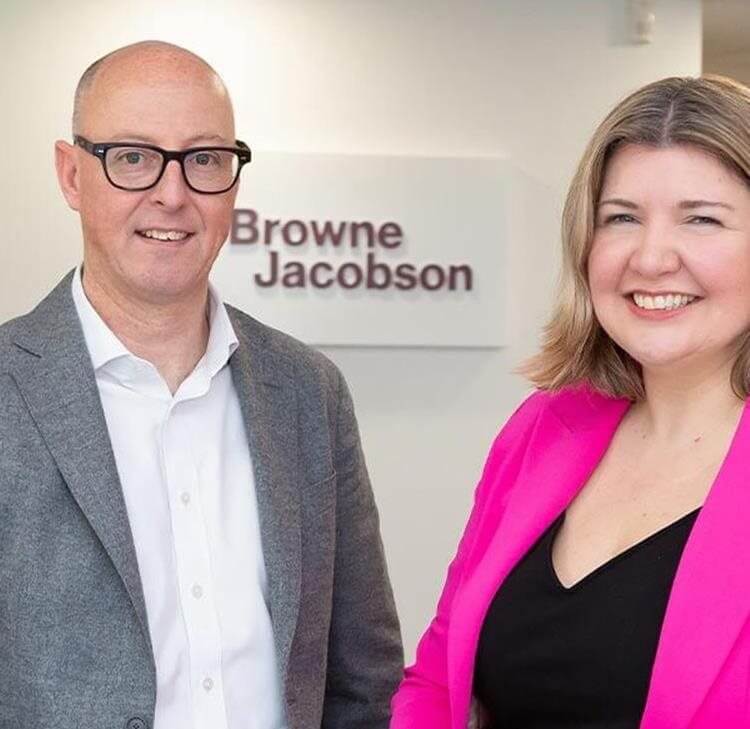The Court of Appeal decision in R (on behalf of TW) v Essex County Council should reassure social workers that their reasonable decisions in relation to assessment of whether a child is ‘in need’ cannot be readily challenged through judicial review. It also provides some helpful insights as to how to reduce the risk of disputes in respect of these assessments.
Facts
At the heart of the case was the determination of whether, when a 16-year-old, TW, should have been classified as a "child in need" under s.17 of the Children Act 1989 so that his accommodation by the Local Authority should have been under s 20. This would have significant implications for the level of support and services TW, who is now over 18, could receive from the local authority as a former relevant child.
TW’s mother had sadly died, and he then lived for a time with his stepfather. When he was 16 that relationship broke down and TW found himself splitting his time between the homes of his father and his brother, a situation described by the social worker as “ok in the short term [but] not an ideal long term arrangement”. The assessment concluded TW was not a child in need but required support to access stable housing and other services.
TW argued that the social worker had been wrong to conclude he was not a child in need, and therefore the Local Authority was unlawfully declining to treat him as a former relevant child.
Legal framework and the decision
The Children Act 1989 and associated guidance gives local authorities a discretion to determine whether a child in their area is a child in need under s 17. That discretion is exercised through the assessments carried out by social workers based on their enquiries into the child’s circumstances and their professional judgment.
As a public body, a local authority’s exercise of its discretion ( in this case through its social work team) can in principle be challenged by judicial review, but the grounds for doing so are limited. In the present case, the Court was concerned with:
- the interpretation of s 17,
- the manner in which a risk of homelessness should be addressed, and
- whether the decision that the claimant was not a child in need was irrational.
The Court of Appeal recognised that the bar for establishing irrationality is set high. This amounts to an important recognition of the need for social workers to be able to exercise their professional judgment to arrive at sound decisions, without undue risk of challenge. It was noted in the judgment that a good investigation had taken place, offering a sound basis for the decision that TW was not a child in need. The decision that TW was not a child in need was not irrational and could not be challenged through Judicial review.
Guidance for social workers
This judgment is a reminder of the importance of thorough and evidence-based assessments in determining the needs of children and young people but also gives reassurance that these decisions cannot readily be challenged.
A feature of this case was that s 20 accommodation had been discussed with the claimant and payment had been made, purportedly under s 17 (provision of services for children in need). Both were relied on as evidence TW was in fact a child in need. Conversely, it was part of the local authority’s initial case that TW had expressed a preference against s 20 accommodation, though this was not part of the Court’s reasoning.
These discussion and payment factors appear to have at least ‘muddied the water’ in relation to the issue of whether TW was a child in need and the basis of his accommodation. They are a reminder of the need for real clarity and care in communication and record keeping when making arrangements to support a child. This will ensure clear, shared understanding of the nature of the arrangements. It reduces the risk of misunderstanding as to the options available, and the basis on which services are provided.
The case highlights an opportunity for local authority lawyers to ensure social workers are supported in making clear decisions within the complex statutory framework and guidance, and understanding the implications in terms of services delivered. It also demonstrates the role of lawyers in defending these decisions against challenges, ensuring that the courts respect the professional judgment and discretion rightly afforded to social workers.
Conclusion
We are regularly reminded of the importance of preventative and edge of care services as a means of preventing children reaching a point at which they are a child in need. On the other hand, we see litigation such as this in which it is alleged that by engaging in those preventative measures the Local Authority has taken on wide ranging, and actionable responsibilities towards a child.
It is therefore helpful to see a judgment which recognises that a local authority can offer significant support without that actionable responsibility threshold being crossed, and that social workers are best placed to make the determination of the child’s status.
As ever the key to this favourable judgment was well documented good social work, setting out what decisions were reached and why.
Key contact

James Arrowsmith
Partner
james.arrowsmith@brownejacobson.com
+44 (0) 330 045 2321









































